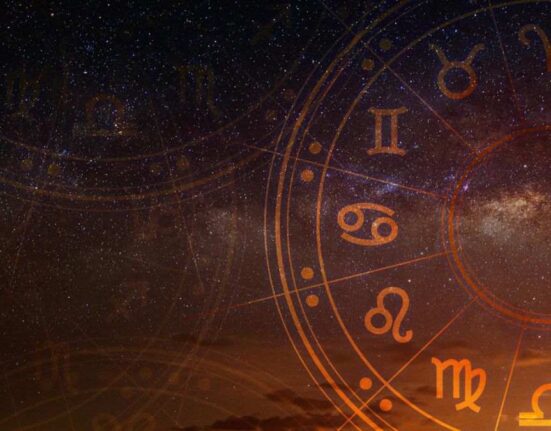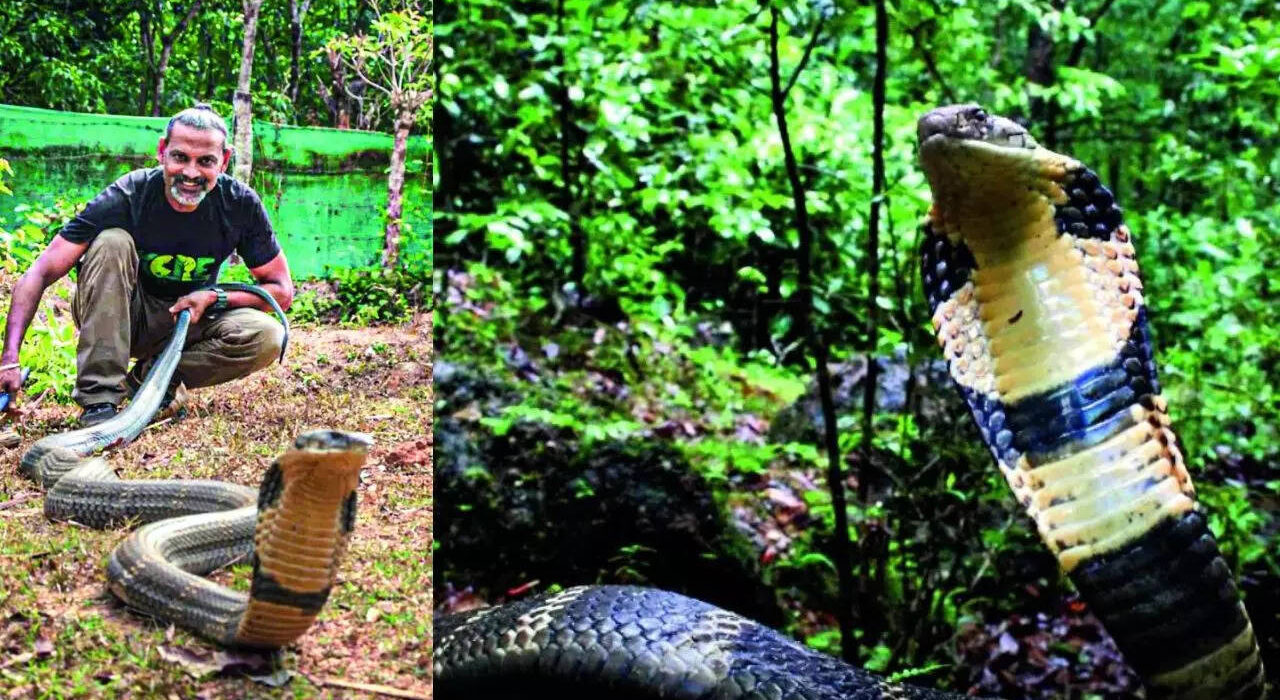For nearly 185 years, the majestic King Cobra was regarded as a single species. However, in a groundbreaking discovery, Indian researchers have rewritten the scientific history of the world’s longest venomous snake. It turns out that the King Cobra is not just one species but four distinct species, each with unique characteristics and evolutionary stories.
The revelation came from years of extensive research by Dr. P. Gowri Shankar, a renowned herpetologist, and his team at the Kalinga Centre for Rainforest Ecology. The researchers uncovered that deep within India’s Western Ghats, a unique species of King Cobra has been lurking in the shadows, previously unrecognized by science. This newly discovered species has been named Ophiophagus kaalinga, or locally known as “Kaalinga Sarpa,” marking a significant milestone in snake taxonomy.
The Four Species: A Tale of Evolution
Each of the four newly identified King Cobra species tells a fascinating story of evolution and adaptation, shaped by the environments they inhabit.
- Ophiophagus kaalinga (Kaalinga Sarpa) – Found in the lush Western Ghats of India, this species is distinguished by its fewer than 40 bands, a unique pattern compared to other King Cobras. It is a testament to the biodiversity of the region, which is known for its distinct ecosystems and endemic species.
- Ophiophagus hannah (Northern India’s King Cobra) – This is the King Cobra that most people are familiar with. Found in Northern India, it boasts between 50 to 70 bands on its body, a feature that sets it apart from other species in the group.
- Ophiophagus bungarus (Southeast Asia’s King Cobra) – Native to Southeast Asia, this species is characterized by its more than 70 bands, which give it a striking appearance. Its broader geographical range and different banding pattern reflect the evolutionary forces at play in the region’s varied climates.
- Ophiophagus salvatana (Luzon’s King Cobra) – The Luzon island variant is unique in that it lacks the usual banding seen in the other species. Despite this, it remains equally regal in its stature and behavior, showcasing a remarkable adaptation to the specific environment of the Philippines.
The Threat of Shrinking Forests
As forests across Asia continue to shrink, these legendary snakes face their biggest challenge yet: habitat loss. All four species of King Cobra are listed as “Vulnerable” on the International Union for Conservation of Nature’s (IUCN) Red List. Their numbers are dwindling as human encroachment, deforestation, and climate change threaten their natural habitats.
This discovery comes at a crucial time, as conservation efforts are urgently needed to protect these remarkable creatures. Dr. Gowri Shankar and his team have been at the forefront of these efforts for over a decade. Their work at the Kalinga Centre for Rainforest Ecology focuses on rescuing and rehabilitating King Cobras and other reptiles, ensuring that these apex predators continue to play their role in maintaining ecological balance.
King Cobras: Nest Builders and Their Unique Behavior
In addition to their evolutionary importance, King Cobras are also known for their remarkable behavior. They are the only snakes in the world that build nests—large, circular structures that can be up to 4 feet by 3 feet in size. Dr. Gowri Shankar’s research using radio telemetry has shed light on the King Cobra’s nesting behavior, offering insights into their life cycle, migration patterns, and social structure. These studies are vital for developing better strategies for conservation and understanding the intricate role these snakes play in their ecosystems.
The Way Forward: Protecting the King Cobras
As the Western Ghats and other habitats face rapid degradation, the survival of King Cobras and other species relies heavily on conservation efforts. Dr. Shankar’s research is vital, not only for protecting King Cobras but for ensuring the survival of the entire biodiversity of these fragile ecosystems. With the continuing loss of forests, every effort counts in ensuring that these snakes, revered for their majesty and evolutionary significance, do not fade into extinction.
In conclusion, the discovery of four distinct King Cobra species offers a new lens through which we can appreciate and protect these iconic reptiles. It underscores the importance of continued research, conservation, and habitat protection to safeguard the King Cobra and its cousins, ensuring they remain a living testament to the marvels of nature’s evolutionary power.












